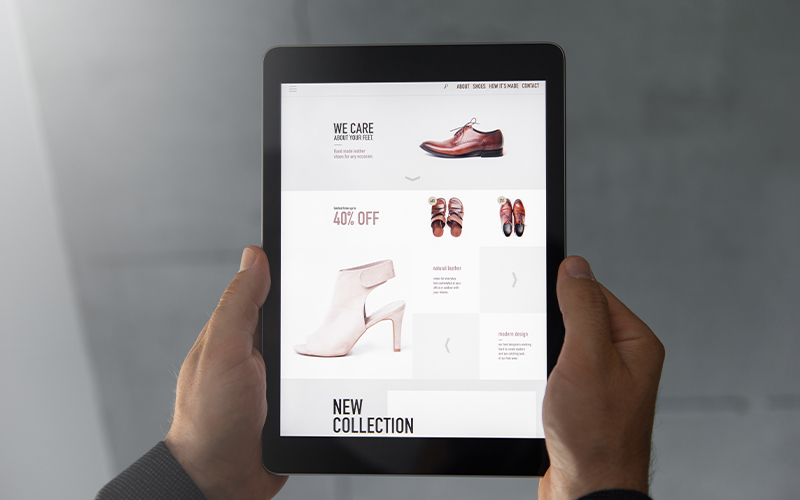DIGITAL INTERACTIVE SERVICES
10 Tips for Your Hybrid Event Marketing Strategy
After a period of going dark and then being hosted online, events are slowly inching their way back to being in-person. However, having tasted the benefits of hosting online events, organisers have held onto the online mode too. Hybrid events are the result of this Mindshift. They are the happy combination of in-person and virtual events, allowing participants who want to enjoy the in-person feel to walk into a physical venue while those who are unable to attend in-person, to connect virtually. Hybrid events are set to becoming the norm as the advantages they bring are many. One can create more opportunities for sponsors and partners by reaching new audiences and providing cross-platform networking. This new mode of events also increases audience registrations and boosts audience engagement, ultimately resulting in higher event ROIs.
An event cannot be categorised as hybrid just because it has a physical venue and is combined with live-streaming of the event over the internet. An event can be defined as a hybrid event only when both the in-person and virtual aspects of the event are in sync. It might be impossible to achieve the same experience for both sets of audiences, but a hybrid event organiser must ensure that the experience designed for each type of audience is fine tuned to enable a similar level of experience.
Marketing such an event is a challenge as there are two very different target audiences looking for two different experiences. A successful hybrid event marketing strategy should find the right campaigns to attract the two different audiences while always making sure there is a synergy between the two.
Here are ten tips to building an effective hybrid marketing strategy
- Target two personas and not one
- Go for a virtual-first event marketing strategy
- Look at where your event promotion initiatives will have the most impact
- Promote your hybrid event more effectively
- Draw your audience's attention to your landing page
- Create multiple experiences
- Use event marketing to attract more attendees
- Incentivise your audience to attend the event
- Use pop-ups across your site
- Use innovative content
The event might be a single event, but the audience you are targeting would need to be looked at as two. Both the personas might share some demographic and psychographic characteristics, but they would differ significantly in other aspects and preferences. An ideal audience persona needs to be drawn for both types of participants separately.
Getting back to being able to host in-person events is exciting. This, however, should not overshadow the very real need to attract a larger audience through the virtual event. The benefit is that you are attracting new attendees and encouraging them to attend the event in person in the future. So, it would be beneficial to design marketing strategies that would appeal to your virtual audience first, so that they are not neglected.
Personal communication through emails and phone calls, direct mail invites and industry newsletters are some of the popular channels used to promote in-person events. Virtual events are often promoted through social media channels and sponsored campaigns on LinkedIn. An effective hybrid event marketing strategy should identify the best channels to promote the event based on the ideal audience personas. Keep in mind that both elements of the event do not need to be promoted in each campaign.
Encourage speakers, exhibitors, and even attendees to promote the event. Create special event sessions and other opportunities that empower speakers, exhibitors and other attendees to talk about the event and their association with it.
A landing page that highlights both the in-person and virtual elements of the event is essential. Ensure that it is user-friendly as well. Also, make sure to promote speakers and networking opportunities on your landing page.
Cater to different types of attendees with different types of tickets. Define different ticket types for different experiences. For example, some attendees might be interested to attend the virtual event for a significant discount.
Teaser videos on YouTube, informational blog posts and social media campaigns with behind-the scenes content can be used to generate excitement around your event. Partnering with influencers in your field can also increase the reach of your campaign
Early-bird deals and targeted ads can be used to attract more attendees to both elements of the event. Use targeted ads on those who have shown interest in your brand or similar brands and browsed for similar events.
Pop-ups announcing the event and its features can increase awareness about your event and generate interest.
Content is still the king of any marketing strategy. From Twitter posts to Instagram and Snapchat, you have many ways to deliver your message. Challenge yourself to deliver content that appeals to both your virtual as well as in-person audience. Go live to answer questions about the event, share downloadable content, share YouTube videos with teasers about the event, plan AMA sessions with notable speakers … the list goes on.
There are many ways in which you can make your hybrid event a success. The key to marketing the event goes down to the basics—know your audience and find the right channels and language to engage them. This is more relevant than ever, as you try to draw attention to your event in this world where *digital transformation has made information accessible to all.
*For organizations on the digital transformation journey, agility is key in responding to a rapidly changing technology and business landscape. Now more than ever, it is crucial to deliver and exceed on organizational expectations with a robust digital mindset backed by innovation. Enabling businesses to sense, learn, respond, and evolve like a living organism, will be imperative for business excellence going forward. A comprehensive, yet modular suite of services is doing exactly that. Equipping organizations with intuitive decision-making automatically at scale, actionable insights based on real-time solutions, anytime/anywhere experience, and in-depth data visibility across functions leading to hyper-productivity, Live Enterprise is building connected organizations that are innovating collaboratively for the future.






